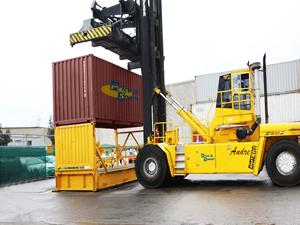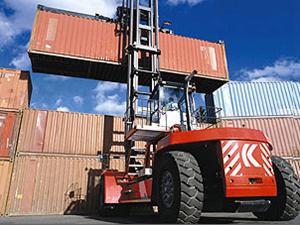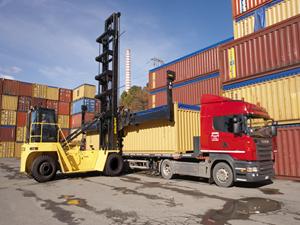Ropes
Pick-up truck cranes are equipped with winches and in this case ropes and slings are used. Ropes have to meet particular requirements – only certified ones should be used as they are approved for use by the manufacturer. The unrolled rope should be straight, not undulant and without any visible damage. Using ropes which are not certified or damaged is forbidden.
Slings
As a rule, there is no technical possibility to secure the load directly on the hook of the crane. This is why auxiliary equipment is used – slings constitute the main element applied to secure the load. The training course for pick-up truck cranes also provides information on the issues, such as the choice of appropriate slings. Slings include steel and fibre ropes, chains or tapes. There are the following types of slings: single leg, double leg, three leg, four leg or closed. The manner of securing the load on slings is dependent on the weight of the load, the location of the centre of gravity as well as of dimensions, shape and its positioning. The operator must take care of a good condition of slings.
Hooks
Hooks are the elements of the pick-up truck crane which are designed for a direct suspension of loads on them or for an indirect securing of loads with the use of slings. Hooks before the use must be inspected by the operator.







